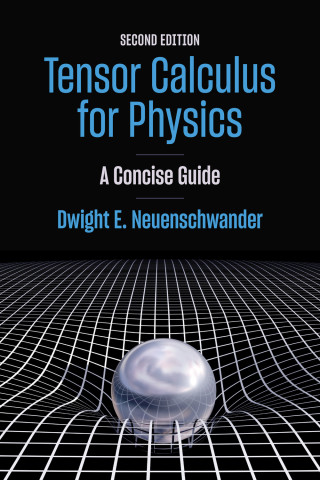
Reviews
Seven great chapters that make discrete mathematics much more relevant to the real world.
A valuable reference for instructors teaching these topics.
Accessible and engaging, with many examples, pithy section titles, exercises, historical notes, and a bibliography for further reading.
Book Details
Preface
1. How to Count Pizza Pieces
1.1. The Pizza-Cutter's Problem
1.2. A Recurring Theme
1.3. Make a Difference
1.4. How Many Toppings?
1.5. Proof without Words
1.6. Count 'em and Sweep
1.7. Euler's
Preface
1. How to Count Pizza Pieces
1.1. The Pizza-Cutter's Problem
1.2. A Recurring Theme
1.3. Make a Difference
1.4. How Many Toppings?
1.5. Proof without Words
1.6. Count 'em and Sweep
1.7. Euler's Formula for Plane Graphs
1.8. You Can Look It Up
1.9. Pizza Envy
1.10. Notes and References
1.11. Problems
2. Count on Pick's Formula
2.1. The Orchard and the Dollar
2.2. The Area of the Orchard
2.3. Twenty-nine Ways to Change a Dollar
2.4. Lattice Polygons and Pick's Formula
2.5. Making Change
2.6. Pick's Formula: First Proof
2.7. Pick's Formula: Second Proof
2.8. Batting Averages and Lattice Points
2.9. Three Dimensions and N-largements
2.10. Notes and References
2.11. Problems
3. How to Guard an Art Gallery
3. The Sunflower ArtGallery
3.1. The Sunflower Art Gallery
3.2. Art Gallery Problems
3.3. The Art Gallery Theorem
3.4. Colorful Consequences
3.5. Triangular and Chromatic Assumptions
3.6. Modern Art Galleries
3.7. Art Gallery Sketches
3.8. Right-Angled Art Galleries
3.9. Guarding the Guards
3.10. Three Dimensions and the Octoplex
3.11. Notes and References
3.12. Problems
4. Pixels, Lines, and Leap Years
4.1. Pixels and Lines
4.2. Lines and Distances
4.3. Arithmetic Arrays
4.4. Bresenham's Algorithm
4.5. A Touch of Gray: Antialiasing
4.6. Leap Years and Line Drawing
4.7. Diophantine Approximations
4.8. Notes and References
4.9. Problems
5. Measure Water with a Vengeance
5.1. Simon Says: Measure Water
5.2. A Recipe for Bruce Willis
5.3. Skew Billiard Tables
5.4. Big Problem
5.5. How to Measure Water: An Algorithm
5.6. Arithmetic Arrays: Climb the Staircase
5.7. Other Problems to Pour Over
5.8. Number Theory and Fermat's Congruence
5.9. Notes and References
5.10. Problems
6. From Stamps to Sylver Coins
6.1. Sylvester's Stamps
6.2. Addition Tables and Symmetry
6.3. Arithmetic Arrays and Sylvester's Formula
6.4. Beyond Sylvester: The Stamp Theorem
6.5. Chinese Remainders
6.6. The Tabular Sieve
6.7. McNuggets and Coin Exchanges
6.8. Sylver Coinage
6.9. Notes and References
6.10. References
7. Primes and Squares: Quadratic Residues
7.1. Primes and Squares
7.2. Quadratic Residues Are Squares
7.3. Errors: Detection amd Correction
7.4. Multiplication Tables, Legendre, and Euler
7.5. Some Square Roots
7.6. Marcia and Greg Flipa Coin
7.7. Round Up at the Gauss Corral
7.8. It's the Law: Quadratic Reciprocity
7.9. Notes and References
7.10. Problems
References
Index





